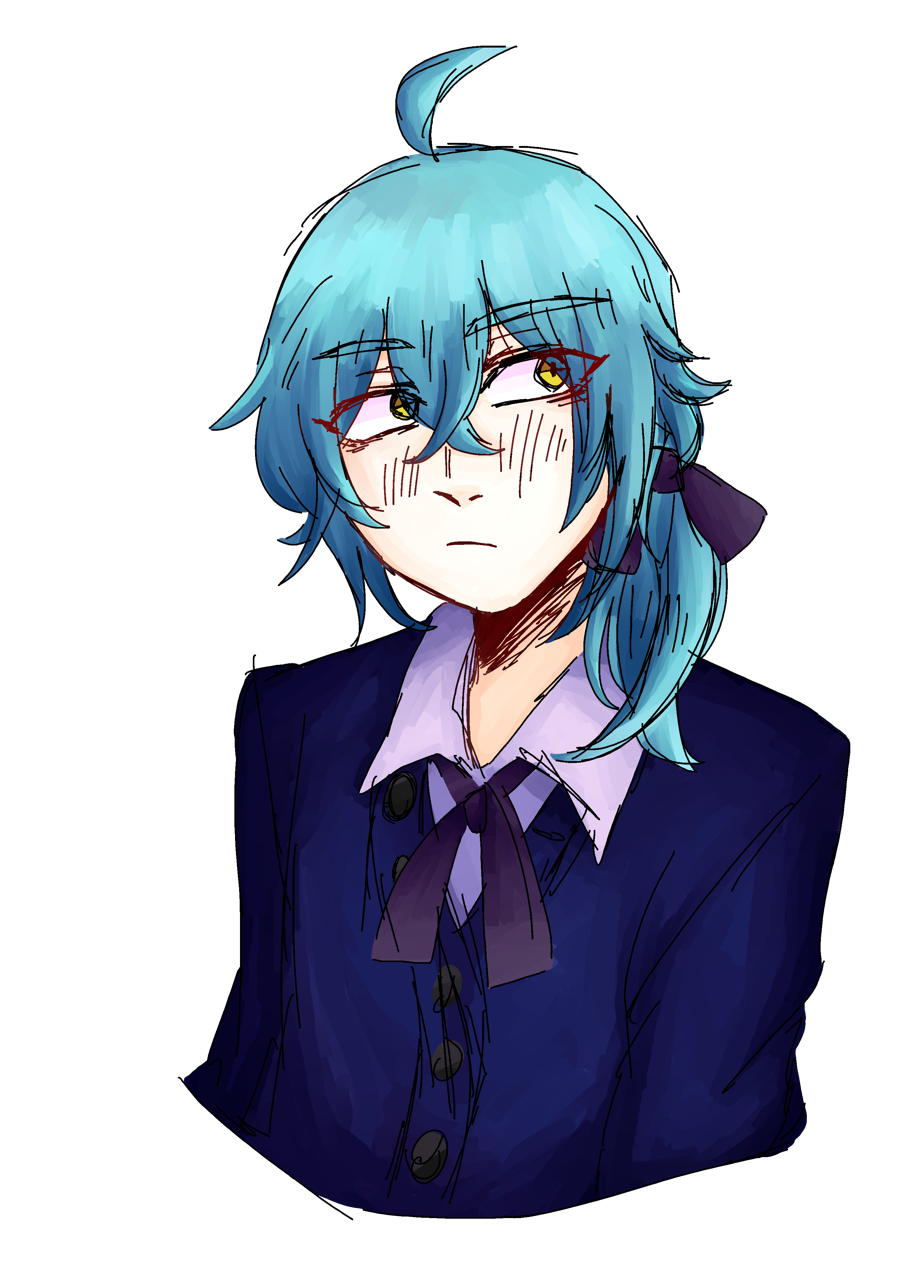
Use the 'preserve opacity' option it's very useful for shading or changing colour in linework without having to redraw it. You can then refine your sketch on a layer on top of it without clutter. Lastly, use the opacity bar to make sketching easier. Name layers and put them in folders so you don't lose track. It also helps to keep your layers organised. Note that if you want to go down a more traditional painting route, where colours mix and blend, it's better to keep most of the colours on one layer, but I'm not very good at that so I can't say much. the colour of the hair is on layer one, skin is on layer two, etc. Seperate each element of your drawing on a different layer, so that they don't get into the way of each other e.g. I must've done a lot of 'colour-by-the-numbers' books when I was a kid, because that's kind of how I do my art. Layers are great for doing colours and effects. Again, there's not much one can say other than experiment. I personally prefer more pencil looking brushes and hard, bold lines that taper off, but that doesn't mean you will. Experiment with brush settings, and write the settings that you like down so you don't forget, in case you have to wipe your harddrive or something. You could use the most basic of art programs, like paint, and still make good art, so a good art software is not omni-important. Practice still life, practice anatomy, backgrounds, colours heck, despite what a lot of people feel about it, tracing is a very good learning tool. Knowledge is much more useful for art than fancy tools. I know it might not sound very useful, but I think it is.įocus on the basics. It's a robust program, so there's a whole lot you can do with it that even someone who mastered it would still not know about. Have you tried every tool? Have you tried different settings? If not, then maybe you should. If you feel like you're not sure about it's full extent, then it just means you should experiment more. But it doesn't really matter what software you use, as long as you feel comfortable with it. My partner started drawing and animating (for the first time) with it in December, and she's been really enjoying it.Īs for if it's good for long term use? Sure, I can see it being good for a long time.

If I wasn't so used to using SAI I would be using it more often. I've tried FireAlpaca recently and I have to say that I quite enjoy it it's much more functional than SAI is in my opinion, and I've tried my hand in animating with it.

So for anyone who truly mastered how to use it, is it ACTUALLY that good for long-term use? And mind giving out some advanced tips for me with regards to brush settings, layers, and animation? I've been using FireAlpaca for my digitals for at least two years now, and I'm still feeling like I'm not really sure about the full extent of what this program can do. At 2/17/21 04:24 PM, MysteriousZKelroth wrote:


 0 kommentar(er)
0 kommentar(er)
